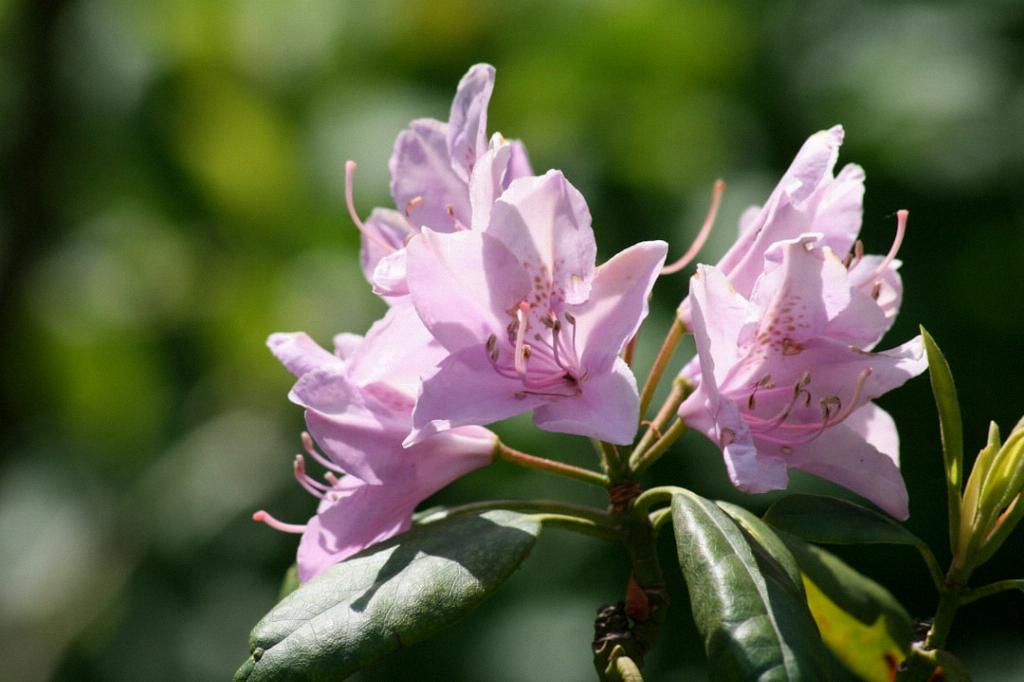Seeing your azalea leaves turn yellow can be concerning, as it may indicate underlying issues affecting the health of your plant. Understanding the causes of this discoloration is essential in finding the right solutions to restore your azaleas to their vibrant green state.
High Soil pH and Iron Deficiency
One common reason for azalea leaves turning yellow is high soil pH levels, which can inhibit the plant’s ability to absorb iron. Iron is crucial for the formation of chlorophyll, the pigment responsible for the green color of leaves. When azaleas lack sufficient iron, they exhibit symptoms of interveinal chlorosis, where yellowing appears between the veins of new leaves.
Assessing Yellowing Patterns
To pinpoint the cause of the yellowing, examine your azalea plant closely and note where the discoloration first emerges. This observation can provide valuable insights into the specific issues affecting your plant’s health.
Inadequate Watering and Root Stress
Improper watering practices, such as overwatering or underwatering, can lead to stress on the plant’s roots. When azaleas experience root stress, they may struggle to uptake nutrients effectively, resulting in yellowing leaves. Ensure your azaleas receive consistent watering to maintain healthy root systems.
Improper Drainage and Root Rot
Poor drainage can cause water to accumulate around the roots, leading to root rot. This fungal disease can impair the root function and nutrient absorption of azaleas, causing yellowing leaves as a visible symptom. Enhance drainage in your planting site to prevent waterlogged conditions.
Insufficient Sunlight Exposure
Azaleas require adequate sunlight to thrive and maintain their green foliage. Inadequate sunlight exposure can weaken the plant’s overall health and trigger yellowing of leaves. Ensure your azaleas are planted in a location where they receive the appropriate amount of sunlight for optimal growth.
Nutrient Deficiencies and Fertilization
Deficiencies in essential nutrients, such as nitrogen, phosphorus, or potassium, can manifest as yellowing leaves in azaleas. Regularly fertilizing your plants with a balanced fertilizer formulated for acid-loving plants can help correct nutrient deficiencies and promote healthy foliage.
Pest Infestations and Disease
Infestations of pests like lace bugs or diseases such as powdery mildew can also contribute to the yellowing of azalea leaves. Inspect your plants for any signs of pest activity or disease symptoms, and take appropriate measures to control the infestation and prevent further leaf damage.
Environmental Stress Factors
Extreme temperatures, drought conditions, or harsh environmental factors can stress azaleas, causing their leaves to turn yellow. Shield your plants from sudden temperature changes and provide protection during periods of heat or cold to minimize environmental stress.

Seasonal Leaf Shedding
It’s important to note that azaleas naturally shed their leaves as part of their seasonal growth cycle. If the yellowing occurs in older leaves towards the plant’s base, it may be a normal process of leaf shedding rather than a cause for concern.
Consulting with a Horticulture Expert
If you’re unsure about the underlying cause of your azalea leaves turning yellow or if the issue persists despite your efforts to address it, consider seeking guidance from a horticulture expert. They can provide tailored recommendations to help restore the health and vitality of your azalea plants.
Conclusion
By identifying the potential reasons for your azalea leaves turning yellow and implementing appropriate solutions, you can support the overall well-being of your plants and enjoy their lush green foliage for years to come. Stay vigilant in monitoring your azaleas and addressing any issues promptly to maintain a thriving garden.
